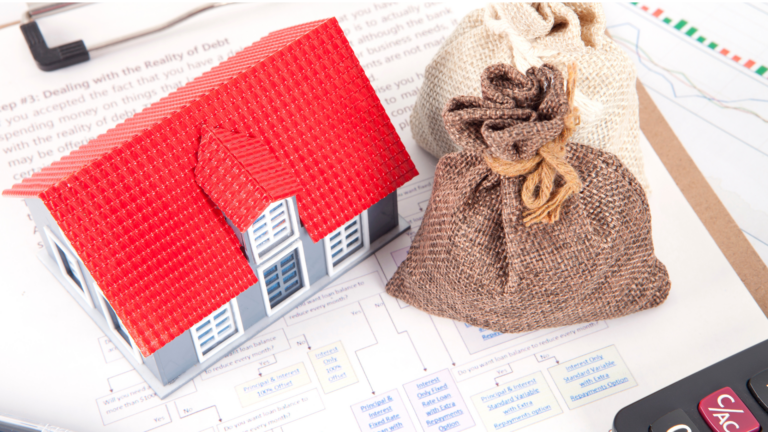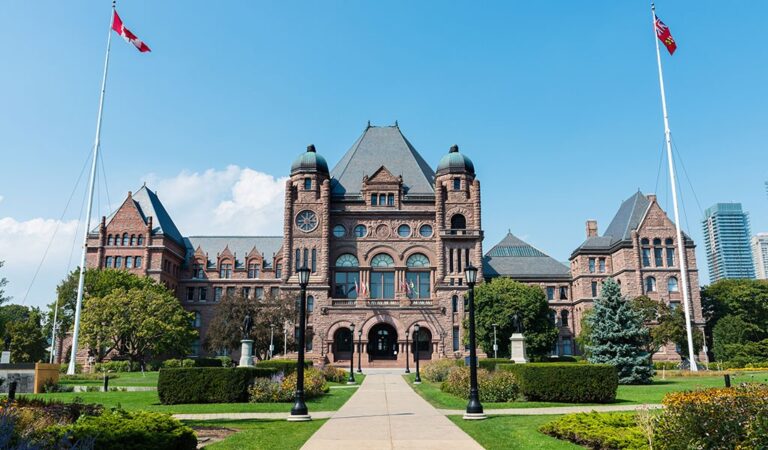Capital dividends are a way to pay a corporation’s Canadian shareholders tax-free.
When someone mentions dividends, we often think of eligible or other than eligible dividends. These are amounts that are paid of out of the corporation’s retained earnings to its shareholders, normally in cash, and are taxable to the recipient shareholder. However, it is often the case for directors of private corporations to overlook the capital dividend. A capital dividend, unlike the dividends previously mentioned, is tax-free when paid out to the corporation’s Canadian shareholders.
A capital dividend is paid out of a corporation’s capital dividend account (CDA), which is an account that is tracked by the Canada Revenue Agency (CRA) based on information filed in the corporation’s T2 corporate income tax return. The CDA balance increases via the following components:
- The non-taxable portion of capital gains of the corporation or from a trust
- Capital dividends received by other corporations or from a trust
- Net proceeds of a life insurance policy
The CDA balance decreases by the following:
- The non-deductible portion of the corporation’s capital losses
- Capital dividends previously paid by the corporation
In order for the corporation to pay its shareholders a capital dividend, it must file three documents separate from the T2 corporate income tax return to the CRA:
- T2054 Election for a Capital Dividend Under Subsection 83(2)
- Schedule 89 Request for Capital Dividend Account Balance Verification
- A certified, true copy of the directors’ resolutions indicating the payment of a capital dividend for a specific amount paid on a specific date.
The T2054 indicates the amount of the dividend paid, the date it is paid, and calculates any late-filing penalty or Part III tax if applicable. Schedule 89 shows all the CDA components that were mentioned earlier and estimates the corporation’s CDA balance.
To avoid any late-filing penalty, these documents must be filed on or before the earlier of the day the dividend became payable and the first day on which any part of the dividend was paid.
Corporations should also be aware of their current CDA balance to ensure they do not declare an excessive dividend, as an amount paid out as a capital dividend that is in excess of the CDA balance is subject to Part III tax for the corporation. This amount is 60% of the excess amount of dividend declared as a capital dividend. Therefore, it is highly recommended for corporations thinking of paying a capital dividend to take advantage of the service provided by CRA and file a schedule 89 ahead of time. CRA will then confirm the maximum amount of capital dividend the corporation can pay to its shareholders. This request can only be filed once every three years unless it is filed with the T2054 form.
When considering withdrawing cash from the company, the directors should also determine if paying a dividend from the CDA is possible. Who doesn’t like being paid money without having it taxed?












